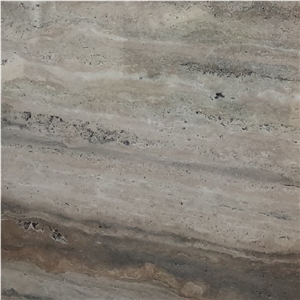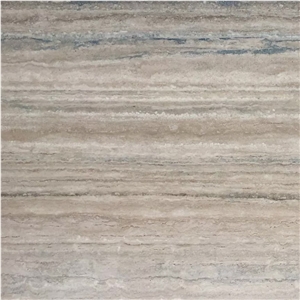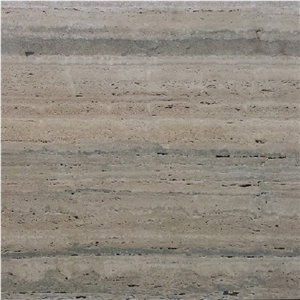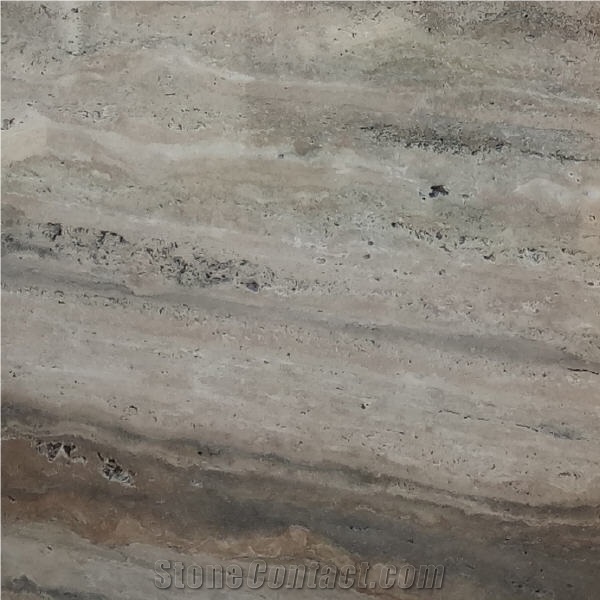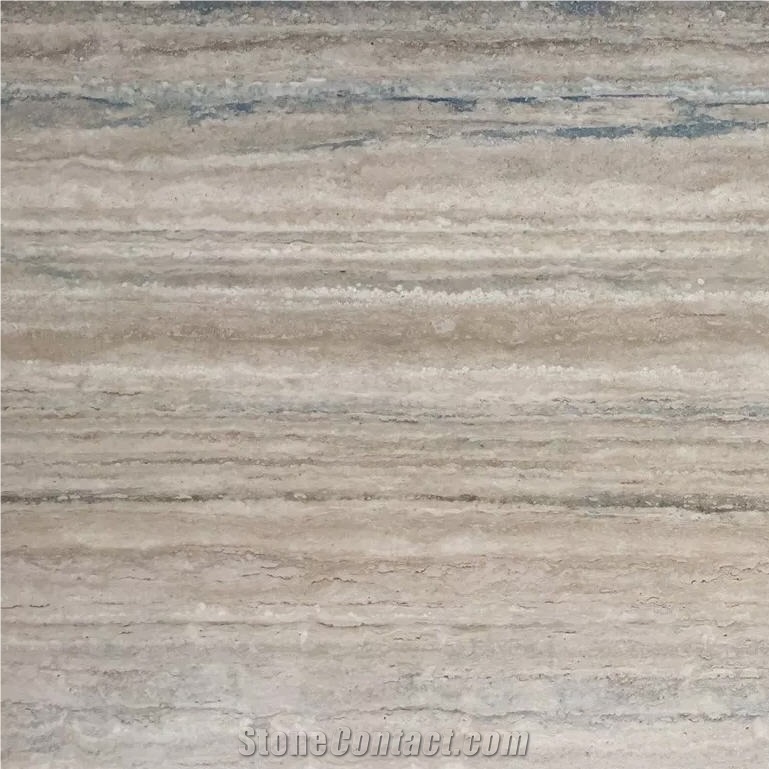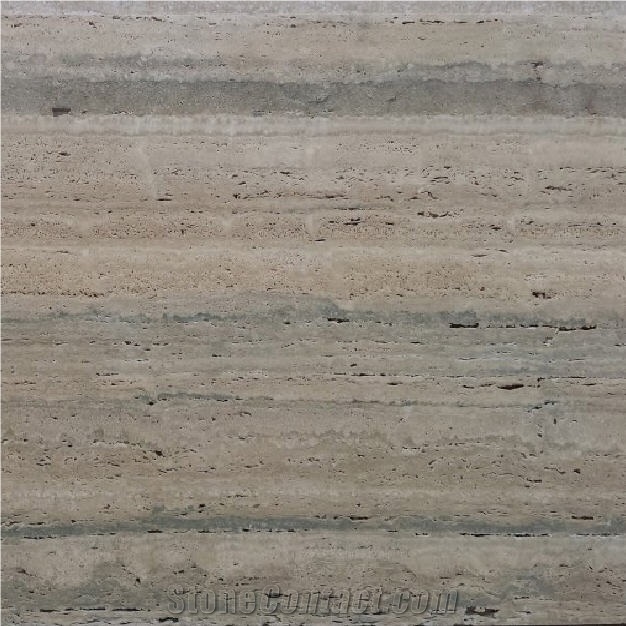Can Italy's Travertino Romano Alga Longarina Travertine be used exterior applications in very rainy climates?
Travertino Romano Alga Longarina Travertine can generally be used in exterior applications, including in rainy climates. However, it is essential to note that travertine is a porous natural stone, and its suitability for use in rainy climates depends on factors such as the level of rainfall, maintenance, and sealing.
In areas with very heavy or constant rain, the frequent exposure to moisture can potentially affect the stones appearance and durability over time. Travertines porous nature allows water to penetrate, which may lead to the formation of algae, mold, or discoloration if proper care is not taken.
To ensure the longevity of the travertine in rainy climates, it is recommended to consider the following:
1. Select a quality sealer: Apply a high-quality sealer on the travertine to create a protective barrier and minimize water absorption. Choose a sealer specifically designed for natural stone and suitable for exterior use.
2. Regular maintenance: Regularly clean the travertine surface and promptly remove any standing water to prevent the growth of algae or mold. Avoid using harsh chemicals or abrasive cleaners that could damage the stone.
3. Proper installation: Ensure proper installation techniques, including using suitable adhesives and grouts, to minimize water infiltration.
4. Consider surface finish: Some surface finishes, such as honed or polished, may be more susceptible to becoming slippery when wet. Choosing a textured or tumbled finish can provide better slip resistance.
Its always advisable to consult with a professional stone supplier, installer, or landscape architect who can assess the specific climate and recommend the best practices for using Travertino Romano Alga Longarina Travertine in a particular rainy climate.
Travertino Romano Alga Longarina Travertine can generally be used in exterior applications, including in rainy climates. However, it is essential to note that travertine is a porous natural stone, and its suitability for use in rainy climates depends on factors such as the level of rainfall, maintenance, and sealing.
In areas with very heavy or constant rain, the frequent exposure to moisture can potentially affect the stones appearance and durability over time. Travertines porous nature allows water to penetrate, which may lead to the formation of algae, mold, or discoloration if proper care is not taken.
To ensure the longevity of the travertine in rainy climates, it is recommended to consider the following:
1. Select a quality sealer: Apply a high-quality sealer on the travertine to create a protective barrier and minimize water absorption. Choose a sealer specifically designed for natural stone and suitable for exterior use.
2. Regular maintenance: Regularly clean the travertine surface and promptly remove any standing water to prevent the growth of algae or mold. Avoid using harsh chemicals or abrasive cleaners that could damage the stone.
3. Proper installation: Ensure proper installation techniques, including using suitable adhesives and grouts, to minimize water infiltration.
4. Consider surface finish: Some surface finishes, such as honed or polished, may be more susceptible to becoming slippery when wet. Choosing a textured or tumbled finish can provide better slip resistance.
Its always advisable to consult with a professional stone supplier, installer, or landscape architect who can assess the specific climate and recommend the best practices for using Travertino Romano Alga Longarina Travertine in a particular rainy climate.
 Italy
(Longarina Quarry,Guidonia Montecelio (Roma))
Italy
(Longarina Quarry,Guidonia Montecelio (Roma))








 Italy
Italy
 Verified Supplier is for prove company authenticity,including business license,trade license and effective office space,to enhance buyers' trust to suppliers and their products, reducing communication costs.
Verified Supplier is for prove company authenticity,including business license,trade license and effective office space,to enhance buyers' trust to suppliers and their products, reducing communication costs.

 Italy
Italy
 Verified Supplier is for prove company authenticity,including business license,trade license and effective office space,to enhance buyers' trust to suppliers and their products, reducing communication costs.
Verified Supplier is for prove company authenticity,including business license,trade license and effective office space,to enhance buyers' trust to suppliers and their products, reducing communication costs.






